Goa is a lot on the radar of my mind these days. Goa, as they say, is a vibe and I was lucky, I could experience a bit of the Susegad way of life. While Goa is more hyped and popular for its parties, and nightlife, what I’m going to show you is the other side of Goa. This was the Goa that I experienced – the age old temples rendering stories of how faith was an inherent integral part for the natives of Goa, the history and heritage resplendent in its gracious Portuguese houses whispering tales of lineage and patrimony, the rustle of raindrops which flank the green paddy fields, playfully walking on the soft sands sifting beneath your feet – there is so much quaint but equally exciting and fun things to see and experience in Goa beyond the pubs, parties, beer and nightlife – that I’m already planning for a second trip and dreaming of all the offbeat things I am going to see and do in Goa.
I am thinking of its clear aqua waters, I’m thinking of the beautiful orange candy sun dipping in those waters and I am thinking of watching this beautiful sundowner right in front of my eyes. No, not from the shore of a beach but by being there in the midst of it all. I am dreaming of exploring Goa not by road but by a boat cruise or a yacht, surrounded by water on all the sides, with of course, my one and only one by my side. Ah how lovely that would be – to spot interesting sights, to see historic sites along the banks and the beautiful towns of the state along the cruise. To turn my dreams into reality, I am already browsing Cruising Club India, offering many different kinds of luxury yacht rental services and pinning my heart on the luxury sunset cruise for two, hopefully sometime soon!
But for now, I’ll take you to the places that I visited in my maiden trip to Goa in the monsoon season, as I visited them and give you a two day itinerary for Goa which I hope will help you to plan yours too!
Please do note, that we were keen to keep our trip relaxed and not cram in too much. It was hubby’s vacation cum workation too, so we planned our trip itinerary keeping that in mind.
Let’s begin!
DAY 1:
Appreciate the slow Susegad side of Goa at Divar Island (Half Day):
Encircled by the silt laden sands and the mangrove swamps of the Mandovi river, the island of Divar is a world unto its own. Divar island is that enchanting place in Goa where all the crowds slip away opening a doorway to all that is ancient, rustic and historic.
There is an unmissable sense of peace that charms you the moment you enter the quaint islands that can be reached only by a ferry enroute to or from Old Goa. I think this tranquillity has got something to do with the fact that Divar was once an important religious place in pre colonial Goa housing the most powerful of Shivlingams of western India. This religious significance is justified by the name Divar which simply means God (Dev) and Place (Vaddi) in Konkani.
Once you start exploring, you realize how pretty a village Divar is today – a charming jumble of quaint old houses from the Portuguese era, mostly rugged and in shambles running parallel to the clean narrow road dotting a canopy of greens on the two sides. There is not a single soul in sight, well mostly, and all that you see is a vast stretch of never ending roads that seem to implore you in, to delve deeper and discover the fascinating history of a village which was once home to a large number of Indians especially of the Konkani descent. A lot of them fled when the place was hit by a dreadful plague. Later, when the Muslims and Portuguese invaded Goa and started forceful mass conversions, the remaining inhabitants fled too,while also shifting the temples to a safer place for protection.
Today, life stands still on this antiquated charming little town with a few strands of history speckled here and there. We visited some of them and were happily surprised to have the entire place to ourselves. This solitude is exactly what makes Divar island stand out in Goa, it makes you appreciate the Susegad side of Goa!
Divar Island: Koti Tirth Tali or Porne Tirth
As the name suggests, Porne Tirth is an old pilgrimage site of Goa. Also sometimes referred to as to the Koti Tirth Tali, it is a holy pond that has 108 carved hollows, with mini gopuram-like structures within. The pond once was a part of a larger temple complex known as the Saptakoteshwar Temple, the patron family deity of the Kadamba Kings.
How important was the temple can be gauged from the fact it was inscribed on the coins and copper plates belonging to the Kadamba era. However, during the reign of the Bahmani Sultanate led by Muslim rulers, the temple was destroyed in 14CE. It was later rebuilt by the end of 14th CE by the Vijanagara kings only to be again demolished by the Portuguese in 1540 CE. The main Shivlingam was moved to Narve, Bicholim, across the river, where a temple stands today from the 16th century.
There was no one in sight when we reached the tirth. A slight drizzle and an overcast sky made the tirth look even more mystical. A board at the entrance read “ASI protected historical monument”. As I made my way through unkempt shrubs and grass and descended the laterite stone steps towards the pond, I paid homage to the immense faith of the natives who once inhabited this place. I rolled my hands on the mini caves and though, the deities were no longer there, I could still feel that power of the holy land.
Divar Island: Hatkeshwar Temple Goa
A few meters ahead of Porne Tirth, we found this gem of a temple dedicated to Lord Shiva. The door of the temple was latched to prevent stray dogs from entering in. A fleet of stairs took us to the main temple hall on the first floor from where the view just took my breath away. Standing on the edge of the Mandovi backwaters, the temple offered a panoramic view of a peaceful and serene Mandovi river encircled by all shades of green.
The temple housing the Shivling is a small laterite cave like structure with the Nandi keeping a watchful eye. We offered our prayers and stood still at the balcony. As if on cue, rains began pouring, their pitter patter and the wafting cool breeze creating beautiful patterns in the river. I breathed deep and just took everything in. It was so beautiful, a truly heavenly sight, something that soothed my soul and rejuvenated my senses.
Basilica of Bom Jesus
A UNESCO World Heritage Site standing since 1605 AD, The Basilica of Bom Jesus is a Roman Catholic basilica located in Old Goa. The name Bom means Good Jesus or Infant Jesus. It is both a pilgrimage centre and also one of the oldest and the most iconic of all the churches and convents of Goa which makes it one of the top visited places in Goa. When we went there, the church was closed but even to appreciate it from a distance was pretty intriguing. Built in Portuguese colonial Baroque style of architecture, the church holds the mortal remains of St Francis Xavier.
SE Cathedral
Opposite the Basilica of Bom Jesus in Old Goa itself, is the SE Cathedral which was built to commemorate the victory of the Portuguese over the Muslim leaders of the Deccan Sultanate in 1510. Part of the UNESCO World Heritage Site of Goa, the cathedral is dedicated to Saint Catherine since the victory happened to be on the day of her feast.
We were short on time by now as the sun had already begin to set and we wanted to visit one more point so we just appreciated this church from the outside.
Dona Paula View Point:
If you have watched the movie Singham and if you are a fan of Bollywood, then this place is definitely for you. Otherwise also, if you are in no mood to visit a beach but still craving for some beachy wind in your hair, then make sure to put Dona Paula View Point in your list of places to visit in Goa.
Interestingly, the place is named after Goa Viceroy’s daughter, Dona Paula de Menezes, who was a very kind woman. She fell in love with a local fisherman but her relationship wasn’t approved by her father. This saddened her to such an extent that she jumped off the cliff. In her memory, two statues were erected on this jetty point which the Goans refer as the symbol of love.
Owing to construction work, the point was closed and cordoned in various parts. As we went there in the evening around sunset, it was very crowded as well which made it even more difficult to stand your ground near the beach view points and enjoy the views. The bird’s eye views you get from atop are good though – you can see the meeting point of the Zuari and Mandovi Rivers as they join the Arabian Sea and enjoy the cool breeze.
Day 2:
Aguada Fort
One of the most impressive forts to visit in Goa, with Fort Chapora coming a close second, is Fort Aguada which has been excellently maintained over the years. Fort Aguada had fresh water streams which was used to replenish the water resources of the ships passing by which is how it gots its name (Aguada means water in Portuguese).
The fort is primarily divided in two parts – upper part and lower part. We explored the lower part which is situated just adjacent to the Taj Resort Aguada, to the south side of Candolim beach, almost crowning the mouth of river Mandovi. Built in the 17th century by the Portuguese, the lower Aguada part is set in the heart of nature with a lofty red laterite structure protruding right into the sea.
The structure is a part of the fort bastion and provides magnificent views of the beach, golden sands, and the Arabian Sea.
Due to paucity of time, we missed visiting the upper part of the fort. It houses most part of the citadel that was used to defend against the attacks by the enemies, the Dutch and the Marathas. There is also a lighthouse which is no longer in use but along the cliff, there is a newer one where you can click pictures for a fee.
All in all, the Aguada fort, nestled by the sea, is a wonderful architectural marvel and a must visit in Goa!
Aguada Jail
Part of the Aguada Fort is Aguada Central Jail which is evocative of the freedom struggle of Goa against the Portuguese rule. After housing legal offenders till 2015, the historic Portuguese-era Aguada Jail is today a prime attraction of the tourist hotspots of Goa and gives a glimpse into the struggles of freedom fighters like Ram Manohar and TB Cunha in the post-colonial Goa.
Mangeshi Temple
One of the largest, richest and highly visited temples in Goa is the Mangeshi Temple dedicated to Lord Shiva in the form of Bhagavan Mangesh who is the family deity of Gaur Brahmins. Located in the Mangeshi Village which is 21 kms. From Panaji, the temple is associated with the forefathers of the well-known singer and Bharat Ratna awardee – Lata Mangeshkar. The temple was originally located in Kushasthali Cortalim, a village in Murmugao which was later shifted to its current location after suffering invasions from the Portuguese in 1543. The temple escaped demolition but still has undergone multiple renovations during the time.
The temple façade is simple yet elegant and the temple itself is very very peaceful. There is a water body right at the entrance which is the oldest part of the temple.
In the complex is a 7 floored deepsthamba or oil lamp tower reminiscent of the typical Goan architecture. The main hall of the temple is huge with a capacity of 500 people at any time. The surroundings of the temple is very well maintained with beautiful flowers that are pleasing to the soul.
Colva Beach
We ended our day with one of the most visited beaches of Goa – the Colva beach. Sprawling, scenic beach extending the shoreline for a good 2.4 kms in South Goa, the beach was pretty crowded in the evening time. The beach is famous for its exciting water activities, dramatic landscape bound by tall coconut trees and glorious sunsets.
We spent a good one hour on the beach just strolling around, playing with the waves, enjoying the winds in our hair and breathing in the ocean air. As the sky was overcast owing to the rainy season, we couldn’t watch the sunset something I really missed in this trip to Goa.
Conclusion:
This was my maiden trip to Goa but there were a few things I realised: Goa is not only about parties and beaches but also about history, tranquillity and nature. There is so much to see and do in Goa that even a week might not be enough to cover them all. Although I didn’t do much in this trip, it was enough to make me fall for Goa. To make a rough list in my mind of all the things I missed and all that I would like to do the next time I am here. I can’t wait to visit Goa again. Especially to end my days with one of those lovely sunsets of Goa and as I said earlier, may be, just may be from one of those sunset cruises or a luxury yachts this time!
If you are looking for an offbeat place to stay in Goa, do check this post: Simple, Sustainable Living in North Goa: Saraya Ecostay and Organic Cafe



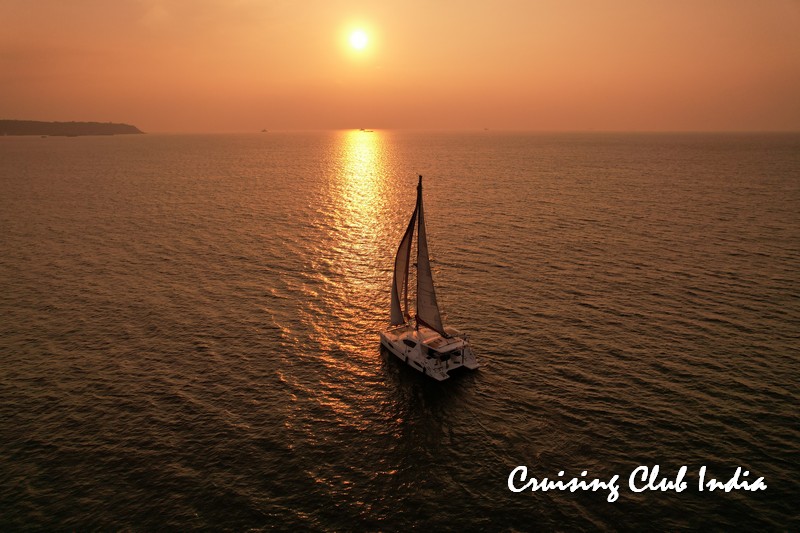





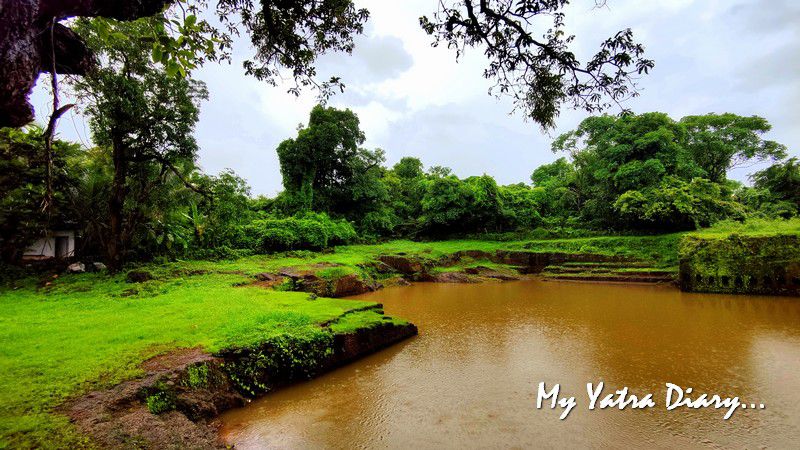
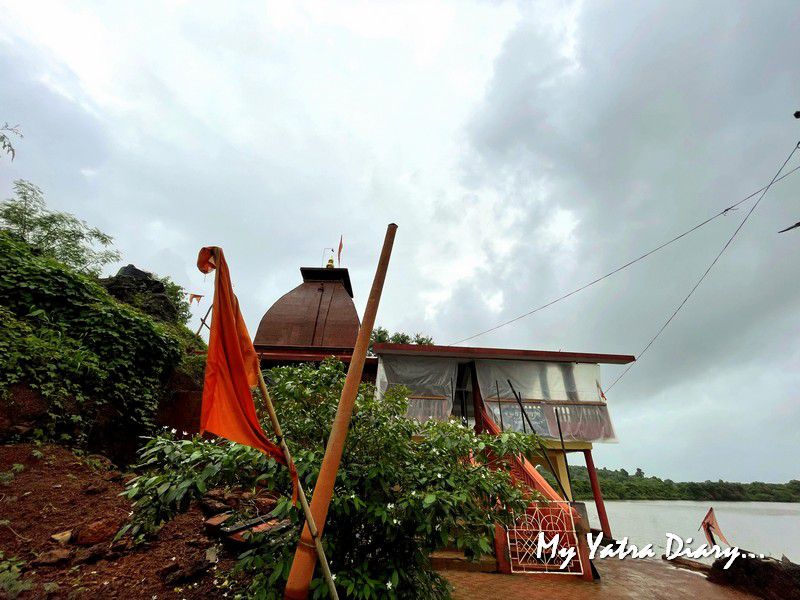



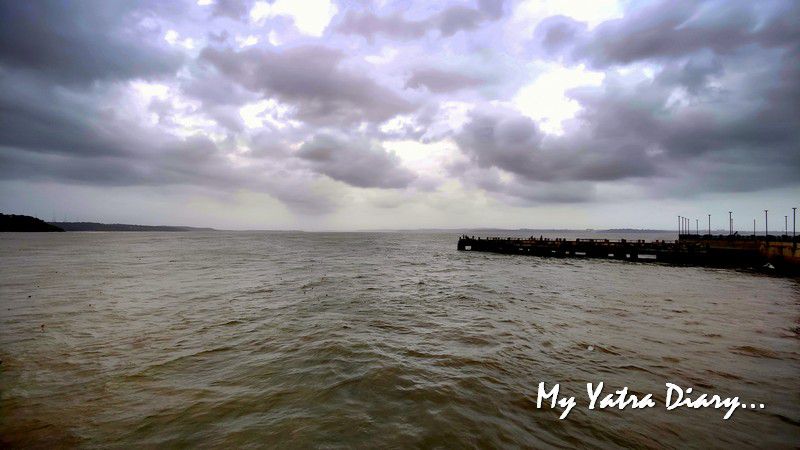




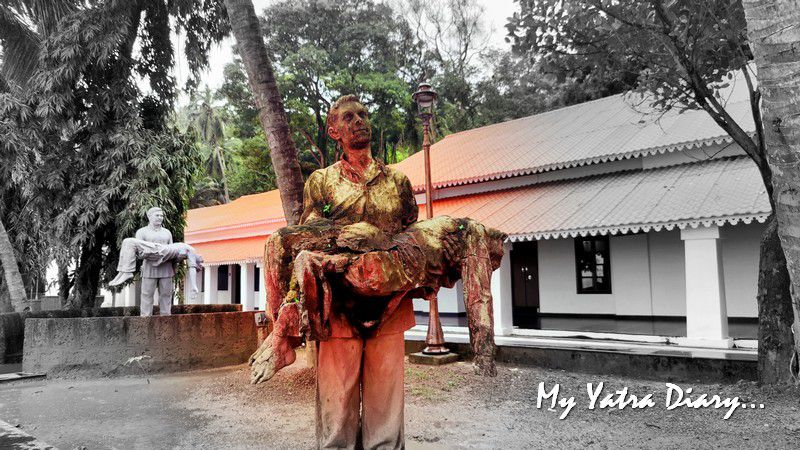

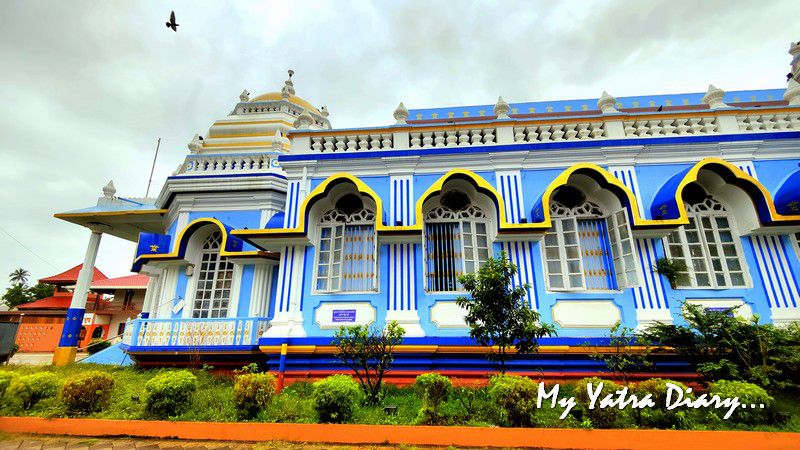



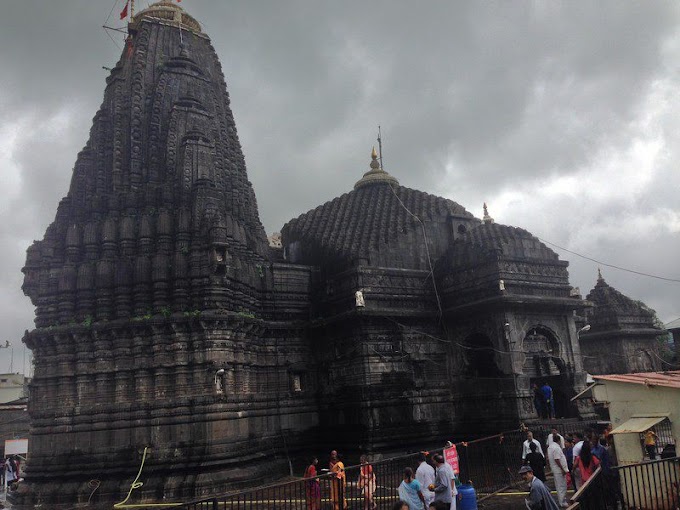



7 Comments
Lovely place...well documented Arti
ReplyDeleteGood blog nice work.....
ReplyDeleteAs Rishi Sunak strives to reach an agreement on the Northern Ireland Protocol, the DUP has insisted that EU norms be eliminated in Northern Ireland to preserve their position within the United Kingdom.
https://creativemedia.news/politics/northern-ireland-protocol-2/
Great job on your blog! Your writing is engaging and informative, and I can see that you've put a lot of effort into researching and presenting your ideas. I especially appreciated it, as it really helped me.
ReplyDeleteVery nicely written. Divar is green and beautiful. You have listed many beautiful but less-visited places in Goa. Thanks for sharing.
ReplyDelete"Wow, this 2-day Goa tour itinerary sounds like an incredible adventure! I love how it covers both the cultural and natural highlights of this beautiful destination. From exploring the historic churches and forts to enjoying the pristine beaches and water sports, there's something for everyone. The mention of indulging in local Goan cuisine has my mouth watering already! The detailed recommendations for accommodation and transportation are really helpful for planning a hassle-free trip. Can't wait to experience the vibrant nightlife and soak in the laid-back vibes of Goa. This itinerary has definitely made it to my must-visit list! Thanks for sharing such a comprehensive and exciting travel plan!"
ReplyDeleteThank you for using your travel blog as a platform to promote responsible and sustainable travel practices. Your commitment to preserving the environment, respecting local communities, and minimizing the impact of tourism is commendable. Your informative articles on eco-friendly initiatives and ethical travel serve as a guiding light for conscious travelers who seek to make a positive difference while exploring the world.
ReplyDeleteVery nicely written. Divar is green and beautiful. You have listed many beautiful but less-visited places in Goa. Thanks for sharing.
ReplyDeleteDelighted you stopped by... Your suggestions, feedback are really appreciated. Thanks a lot :) Hope you visit again!
If you have asked a question, please give me at least 2 days to reply back. Thank you :)